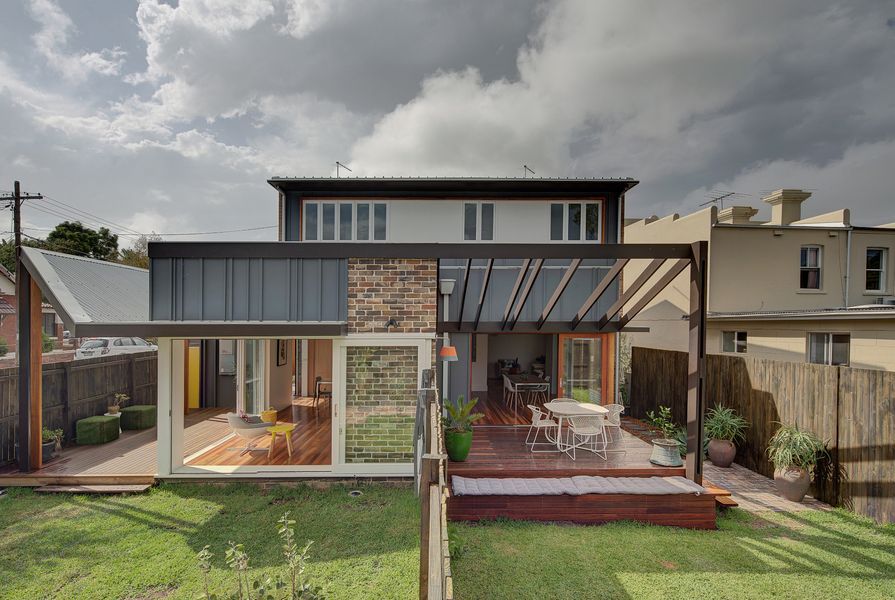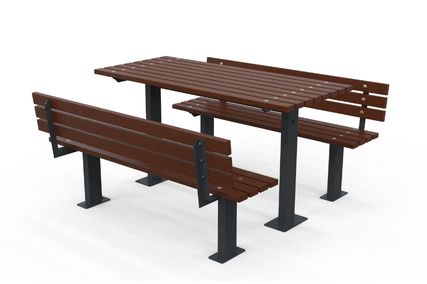The New South Wales government has unveiled a new draft design guide for low-rise, medium-density housing for public comment.
The guide sets out design standards for a range of medium-density housing types including terrace houses, town houses, dual occupancies and semi-detached dwellings, and manor homes. It fills a policy gap in NSW planning, which has pre-existing guidelines for single dwellings and apartments.
The draft Medium Density Design Guide, developed with input from architects, councils and industry stakeholders, addresses issues such as layout, landscaping, private open space, sunlight, natural ventilation, and privacy. It also proposes a height limit of two storeys.
The draft guide is an outcome of a discussion paper released by the government in November 2015. The discussion paper recommended the development of a design guide for medium-density housing similar to Apartment Design Guide, which was introduced in 2002. The discussion paper also recommended fast-tracking the assessment process for low-rise medium-density developments by classifying them as complying developments, which could reduce the assessment periods from 71 days to 22 days.
The draft design guide and the accompanying Medium Density Design Code, which will be inserted into the State Environment Planning Policy (SEPP) codes, will only apply to areas that already allow medium-density development under a council’s local environment plan.
Under current council zoning and planning controls, there’s potential for up to 280,000 medium-density dwellings in Sydney. However, only 5,390 medium-density dwellings (10 percent of total housing) were approved in 2015-16.
The guide has been prepared to encourage more and better-designed medium-density development across the state, said the NSW planning minister Rob Stokes. The majority of new construction in NSW is either free-standing houses or apartments. According to a survey conducted by the NSW Department of Planning and Environment, one-third of homers said they would consider downsizing to terrace housing.
“Sydney needs more choice in housing types than we are currently building and this policy will help to deliver better quality medium-density homes,” Stokes said. “This type of housing has the added benefit of generally being more affordable too because it requires less land area.”
The Australian Institute of Architects NSW chapter has welcomed the draft design guide.
“NSW is already the only jurisdiction in Australia with design legislation,” said Shaun Carter, the Institute’s NSW President. “SEPP 65 has helped the architecture profession to substantially improve the quality of apartment design over the past 14 years. Low-rise multiple housing is another way of achieving higher residential densities – but with less impact on the character of existing suburban areas.”
“The key to achieving public acceptance of more medium-density development will be a better base level of design quality,” he continued. “While [the draft guide] enables proponents to benefit from the fast-track advantages of complying development, it also sets a minimum standard of design quality that applies across the whole state. The guideline will help to raise the community’s expectations of these types of housing developments.”
The draft Medium Density Design Guide is open for public comment until 12 December 2016. To view the draft guide and make a submission, click here.
















